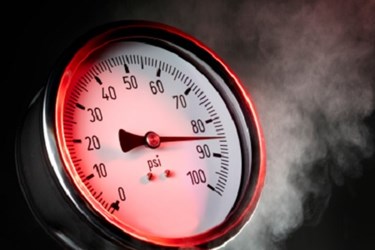Portion-Controlled Packaging Is Pushing Machines To The Limit
By Alec Italiano, contributing writer

With consumers making healthier food choices, the production of portion-controlled packages is on the rise, but can the package makers and their machines keep up?
In America today, health-minded consumers have forced the marketing departments of many food manufacturers to stress the importance of portion control. As obesity is being seen as a domestic epidemic, companies — especially those in the confectionary business — are trying to provide consumers with the ability to indulge in decadent foods without feeling guilty about weight and health concerns. This is where portion-controlled packaging and its labels broadcasting reduced calories come into play.
According to euromonitor.com, confectionary packaging holds 28 percent of the overall flexible packaging in the food industry. Products of the candy industry often come in practical bag-style packages, and companies like Mondelez have responded to consumers’ wants of smaller portions. The maker of treats like Oreos, Nilla Wafers, and Cadbury Crème Eggs answered the bell with its “Call for Well-Being” initiative. In this program, Mondelez has pledged to increase production of its 200 calorie portion packaged foods by 25 percent before 2020. Falling closely behind the beat of Mondelez’s drum, Ferraro Foods — an Italian food distributor and wholesaler — stated in its most recent Corporate Social Responsibility report that the company has increased production of individual-wrapped, portion controlled products to promote a healthy lifestyle.
While this seems like a win-win for both food makers and consumers, the package manufacturing side of things becomes much more complicated. Current packaging machines may not hold up with this increased workload, forcing some companies to reinvest in machinery. Traditional machines are designed to fill larger bags, and at the high speed these machines are required to operate, many companies are pushing the technical limits when it comes to packaging smaller bags within another pack for shipping purposes.
What is the ROI of using packaging line automation?
Packagers are combatting this problem in several ways. Mars, for instance, prints “Twist to close, Save one for later” on the side of their peanut butter squares to display portion control without individually wrapping both squares within the bag. Stand-up pouches with bite-size options are also a technique being used by companies, but are often still often carrying the same amount of food inside. As health concerns continue to fill the minds of consumers, food manufacturers must reexamine and evaluate new solutions in filling packages.
